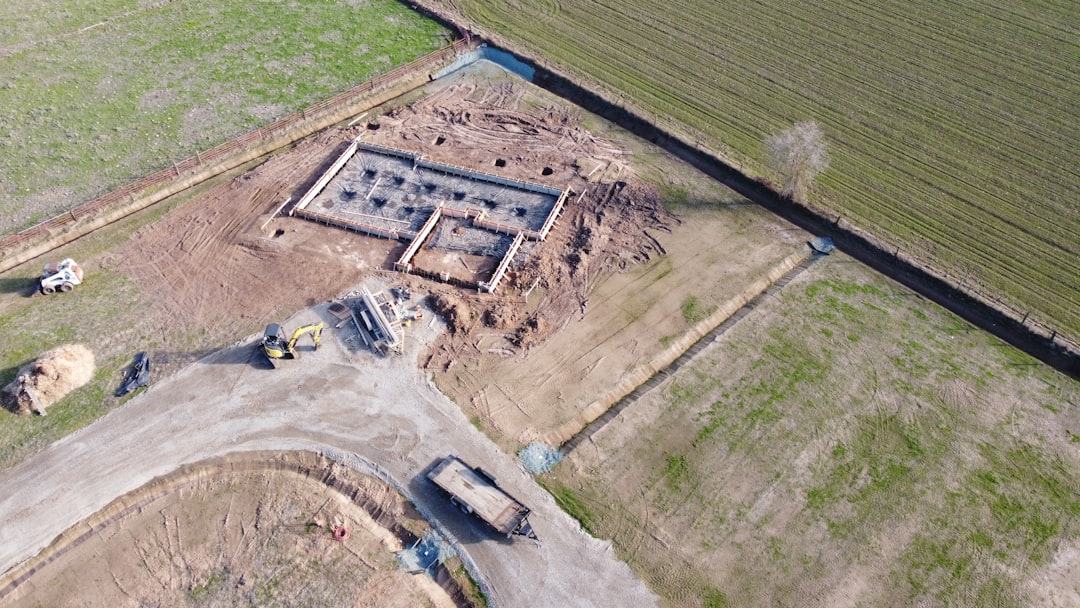What is it about?
This study explores the impact of improved irrigation systems on farmers in the Old Lands, emphasizing a move towards pressurized distribution systems. Farmers experienced increased satisfaction with the flexibility provided by these improvements, reducing irrigation time. The introduction of one-lifting points and hydrant-type outlets improved reliability and efficiency, overcoming issues with traditional gravity-fed distribution.
Featured Image

Photo by Lumin Osity on Unsplash
Why is it important?
The study highlights the importance of farmers' participation and acceptance in sustaining and effectively using new infrastructure. It addresses the gap in impact assessments, advocating for a combined social and engineering-based approach to ensure the success of Irrigation Improvement Programmes. The findings demonstrate positive effects on flexibility, equity, and reliability, emphasizing the need for participatory assessments in future irrigation projects.
Perspectives
The paper argues that modern infrastructure framed in successful co-management can work towards a mutual interest.
Professor Imre Ferto
Centre for Economic and Regional Studies, Hungarian Academy of Sciences: Budapest
Read the Original
This page is a summary of: Both sides of irrigation management: An empirical analysis of smallholders' perception of co‐management of irrigation systems, Irrigation and Drainage, October 2023, Wiley,
DOI: 10.1002/ird.2894.
You can read the full text:
Contributors
The following have contributed to this page










